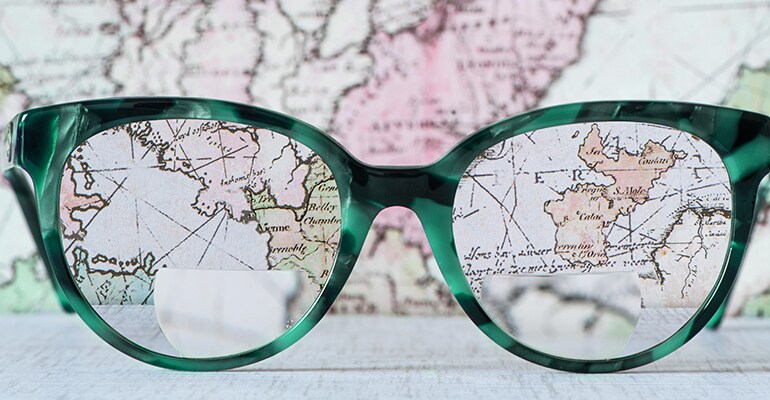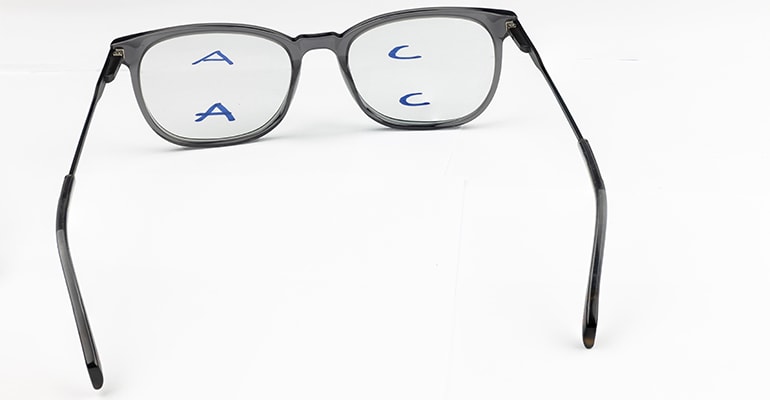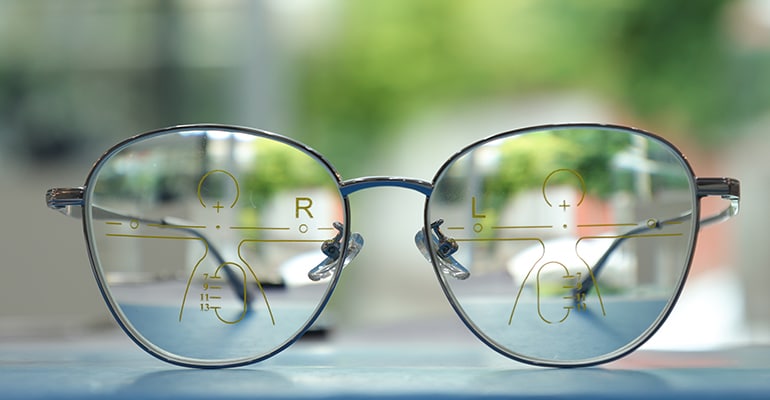Bifocals, Trifocals, and Progressive Lenses: Understanding the Differences
Jan 17, 2024
Vision, being one of our utmost important senses, plays a pivotal role in assisting us to interpret and interact with the world around us. However, as we age, changes in vision, especially presbyopia - a natural decline in the eye's near focusing ability, tend to complicate this engagement. It's at this phase that the wonderful world of spectacle lenses - bifocals, trifocals, and progressive lenses - become vital. Despite sharing the common goal of improving vision, these lenses differ significantly in design, function, and user experience, and understanding these differences can guide individuals in making optimal eyewear choices.

Bifocals
Bifocal spectacles, a revolutionary invention attributed to Benjamin Franklin, are eyewear designed with two distinct sections - each representing a different lens power. The lens is ideally divided such that the upper part caters to distance vision, while the lower segment facilitates near vision. Essentially, with bifocals, a simple act of moving your eyes downwards transforms reading a book or operating a smartphone from a struggle to a breeze.
The effortless toggling between distant and near viewing positions makes bifocals an economical and practical solution for addressing presbyopia. They are particularly useful for individuals aged 40 and above whose close-up vision begins to blur. The significant drawback, however, is the sudden jump in focus you notice when switching between the distant and near views. This abrupt change might be disorienting for some users and at the same time, bifocals offer no solution for intermediate distances, such as for computer work, which most adults frequently engage in.

Trifocals
Perceived as an upgrade to bifocals, trifocals incorporate three distinct lens sections, each for a specific range - near, intermediate, and distance. The most distant objects become clearer with the top lens, the middle section focuses on intermediate distances (like viewing your computer screen), and the bottom area caters to close-up tasks, such as reading.
Adding an intermediate zone, trifocals carry the advantage of eliminating the difficulty associated with viewing objects at arm's length - a common problem with bifocals. This refined lens structure is thus advantageous in enhancing productivity and comfort when doing tasks that require a constant switch of focus across different distances. However, trifocal lenses, like bifocals, have visible lines separating the lens areas, which lead to a rather abrupt shift in focus. To some, this sharp change is distracting and less aesthetically appealing.

Progressive Lenses
Also known as "no-line" bifocals or trifocals, progressive lenses take a sophisticated approach in designing corrective eyewear. Instead of having distinct sections, these lenses provide a smooth and seamless transition between different optical powers. This gradual change spans from focusing on distance when the eyes are in a neutral position, to an increased lens power as the gaze is lowered – useful for intermediate range and close-up tasks.
Progressive lenses' key selling point is the provision of a natural and uninterrupted vision, without the 'image jump' that is common with bifocals and trifocals. The absence of visible dividing lines on the lens surfaces also makes progressives more aesthetically appealing. The 'swim' effect, a feeling of imbalance or dizziness when looking through the far edges of the lens, however, could be a setback. New users would likely experience this disconcerting effect and might need time to adjust.

Decision Making
The decision between bifocals, trifocals, and progressive lenses should be based on an individual's specific visual needs, activities, lifestyle, and budget. While bifocals offer a straightforward, cost-effective solution for presbyopia, trifocals bring in an added bonus of catering for the intermediate view. Progressive lenses, although higher in price point and requiring some adaptation, do provide a more natural and aesthetic transition across different views.
The best lens for you ultimately depends on personal preference and needs. Seeking advice from an eye care professional is always the best way to ensure an informed decision about the suitable lens to provide the optimum vision enhancement you require.
